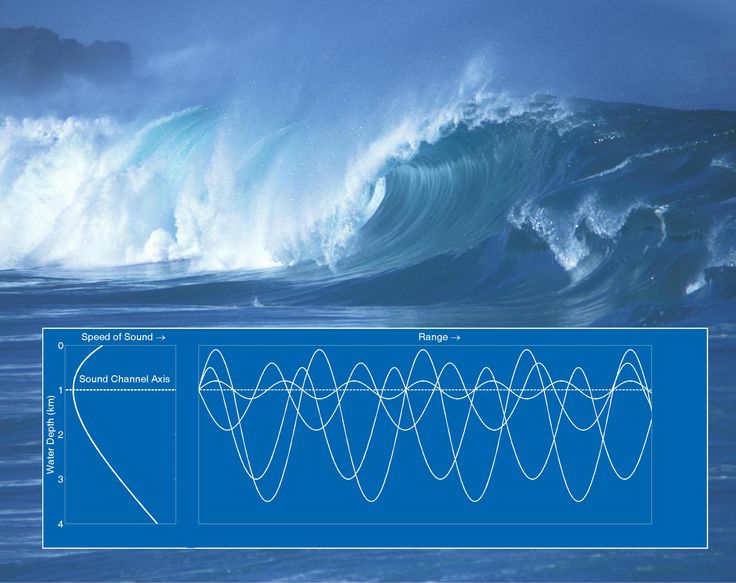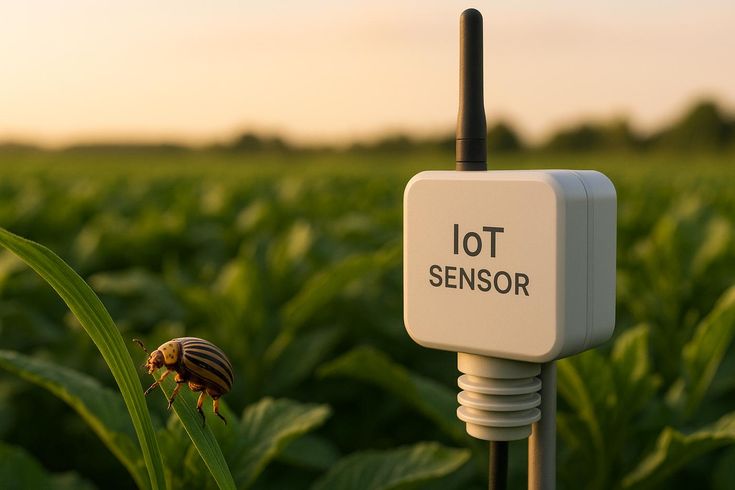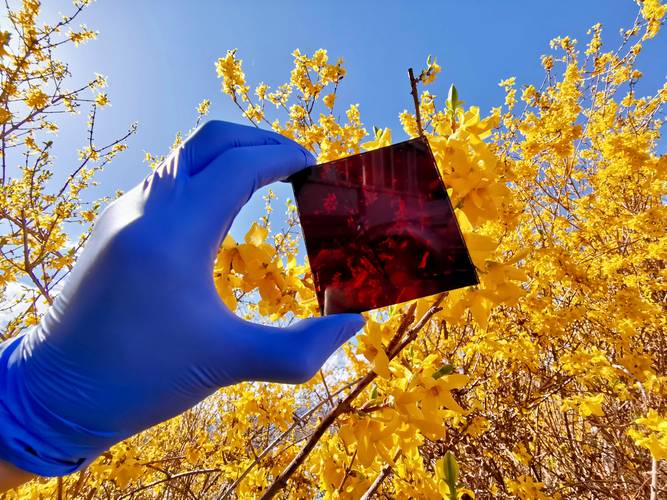Listen to nature's "voice diary"
In a city surrounded by tall buildings and steel, we are used to capturing the colors and changes of the world with our eyes, but we seldom stop to listen to those subtle sounds carefully. In fact, in the field of environmental protection, sound is becoming a unique but potential monitoring means, and all this is attributed to acoustic sensors.

You may not imagine that these small sensors are silently vigiling for our ecological environment, capturing those neglected sound clues. In the forest, they can record the crisp songs of birds. By analyzing the frequency, rhythm and volume of sounds, scientists can accurately judge the species and number of birds. This is not only a wonderful journey of "listening to birds", but also a delicate inventory of biodiversity. When the birds' songs in a certain area become scarce, it is a silent warning, reminding us that the ecological balance may be being broken.
In the depths of the ocean, acoustic sensors are even more powerful. The deep singing of whales and the cheerful clicking of dolphins are all recorded by the sensors. With the help of these sound data, scientists draw a map of the distribution of marine life and track their migration paths. When the noisy ship noise becomes an obstacle to whale communication, when the low-frequency sound wave of oil spill disturbs the tranquility of marine ecology, the abnormal sound captured by the sensor becomes a compass for environmental protection action.

Under the hustle and bustle of the city, acoustic sensors are also sounding for environmental protection. They are cleverly hidden in the streets and lanes, silently monitoring traffic noise and industrial noise. By analyzing the decibel and frequency of sound, we can accurately find out the "culprit" of noise pollution and provide scientific basis for urban planning. Not only that, these sensors have also become the "windward ears" for water quality monitoring. By rivers and lakes, they can capture the subtle sounds produced by underwater biological activities, even the whispers when bubbles burst. These sound information are transformed into indicators of water quality health, so that we can know whether the water body is pure or not without witnessing it.
What is even more amazing is the application of acoustic sensors in agriculture. They can listen to the faint sound when plants grow, even the "rustling" sound when pests eat leaves. This not only provides a new perspective for precision agriculture, but also gives us the opportunity to take action before the large-scale outbreak of pests. Imagine that farmers in the future will not only rely on experience to judge the health status of crops, but will gain insight into every subtle change in the field in advance with the help of the "windward ear" of acoustic sensors.

In this rapidly changing era, acoustic sensors have opened up a poetic and intelligent path for environmental protection. They let us learn to listen to nature with our ears and use technology to interpret the stories hidden behind the sound. Perhaps one day, when we walk in the forest path or wander in the city park, what comes to our ears is no longer monotonous wind and bird songs, but an environmental movement written by acoustic sensors, reminding us to protect the environment, that is, to protect our common home.
(Writer:Wanny)





